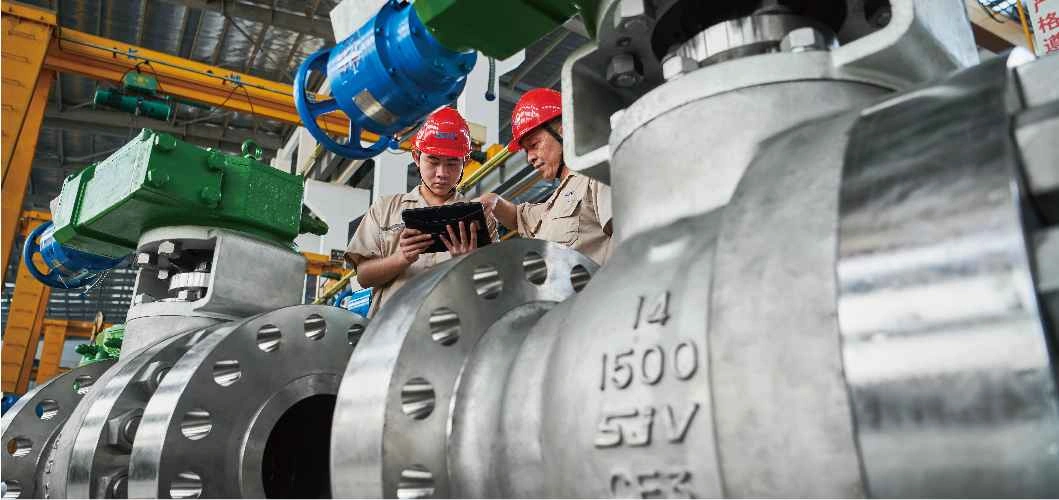Butterfly valves can be categorized by structural type: offset, vertical, inclined, and lever. They are also classified by sealing type: soft-seal and hard-seal. Soft-seal butterfly valves generally use rubber rings, while hard-seal butterfly valves typically use metal rings. Connection types include flange and wafer connections, and transmission methods include manual, gear, pneumatic, hydraulic, and electric.

Butterfly valves can be classified into the following types according to their common types and classifications:
(I) Classification by structural form
1. Center-sealed butterfly valve
2. Single eccentric sealed butterfly valve
3. Double eccentric sealed butterfly valve
4. Triple eccentric sealed butterfly valve
(II) Classification by connection method
1. Wafer-type butterfly valve
2. Flange-type butterfly valve
3. Lug-type butterfly valve
4. Welded butterfly valve
(III) Classification by working temperature
1. High temperature. Butterfly valve with t>450 °C.
2. Medium temperature butterfly valve. 120 °C.
3. Normal temperature butterfly valve. -40 °C.
4. Low temperature butterfly valve. -100 °C.
(IV) Classification by sealing surface material
1. Soft-sealed butterfly valve.
(1) The sealing pair is composed of non-metallic soft material against non-metallic soft material.
(2) The sealing pair is composed of metal hard material against non-metallic soft material.
2. Metal hard seal butterfly valve. The sealing pair is composed of metal hard material against metal hard material.
(V) Classification by working pressure
1. Vacuum butterfly valve, a butterfly valve with a working pressure lower than the standard atmospheric pressure.
2. Low pressure butterfly valve, a butterfly valve with a nominal pressure PN <1.6 MPa.
3. Medium pressure butterfly valve, a butterfly valve with a nominal pressure PN of 2.5--6.4 MPa.
4. High pressure butterfly valve, a butterfly valve with a nominal pressure PN of 10.0--80.0 MPa.
5. Ultra-high pressure butterfly valve, a butterfly valve with a nominal pressure PN>100 MPa.
(VI) Classification by sealing form
1. Forced seal butterfly valve.
(1) Elastic seal butterfly valve. The sealing pressure ratio is generated by the elasticity of the valve seat or valve plate when the valve plate squeezes the valve seat when closing.
(2) External torque seal butterfly valve. The sealing pressure ratio is generated by the torque applied to the valve shaft.
2. Pressurized sealing butterfly valve. The sealing pressure is generated by the spring-loaded sealing element on the valve seat or valve plate.
3. Automatic sealing butterfly valve. The sealing pressure is automatically generated by the medium pressure.